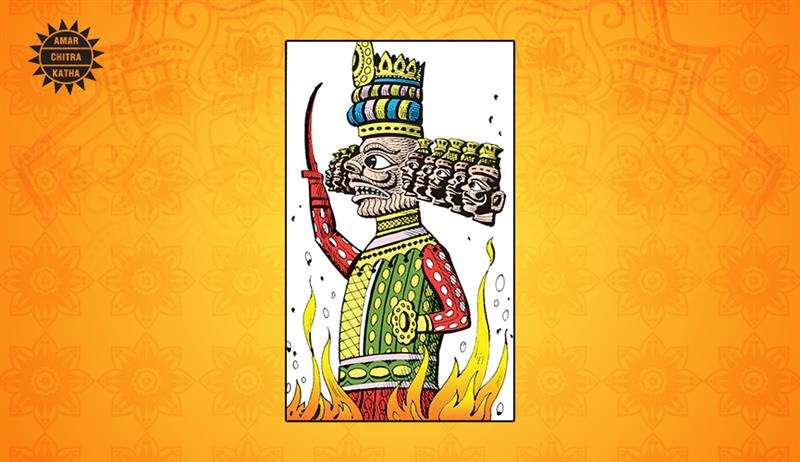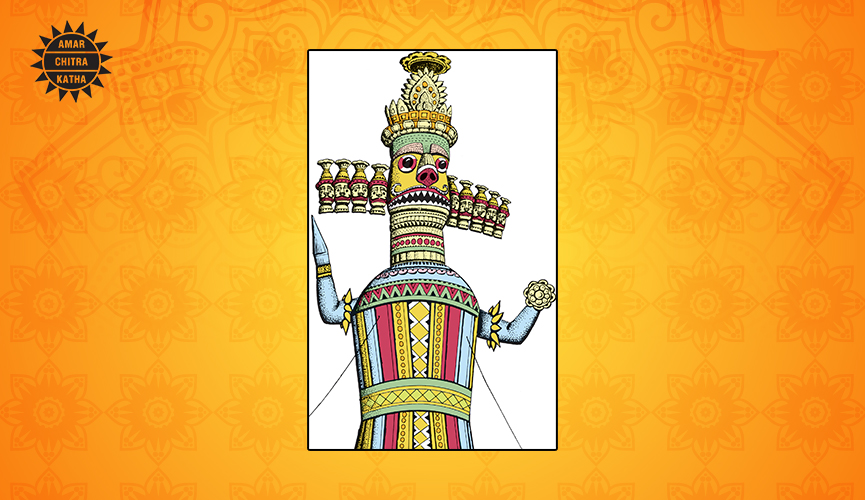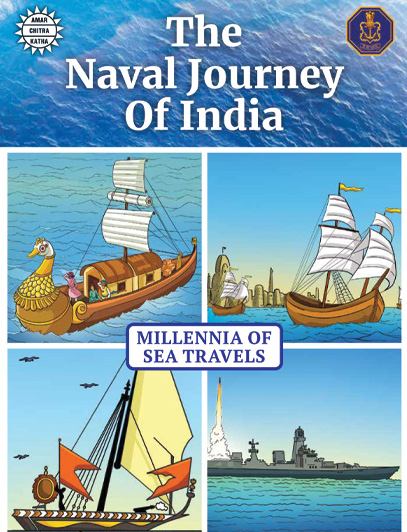A Dussehra Beyond Borders: Dashain in Nepal
- October 1, 2025


A Dussehra Beyond Borders: Dashain in Nepal
- October 1, 2025
By Keya Gupta
Marking the end of monsoon, communities across South Asia celebrate with festivals that commemorate the triumph of good over evil. In the month of Ashwin, the seventh month in the Hindu calendar, which is typically during September-October, India celebrates Dussehra with grand Ram-Leela performances and Ravana effigies. Similar celebrations occur across the region in Sri Lanka, Bangladesh, Thailand and Cambodia.

It is in Nepal, however, that Dussehra takes the expansive form of ‘Dashain’, celebrated across 15 days and touching nearly every household, whether Hindu or Buddhist. It celebrates Goddess Durga‘s victory over the demon, Mahishasura, symbolising the victory of righteousness and divine power. Unlike many Indian Dussehra or Durga Puja celebrations which are often shorter, Dashain’s celebrations create an atmosphere of festivity for weeks. Dashain shows us how the myths and festivals we are familiar with, have been adapted in Nepal.
To receive more such stories in your Inbox & WhatsApp, Please share your Email and Mobile number.
The first day of the festival is Ghatasthapana, when barley seeds are sown and nurtured in homes. This grows into a sacred grass called jamara. The barley seeds are grown over the days of the festival and by the end, they take on their distinctive yellow-green colour. This sacred grass is a symbol of prosperity and protection, like welcoming Goddess Durga into homes during Durga Puja.
Throughout Dashain, families meet relatives, close and distant, to share the festive spirit, while donning new clothes and sharing meals to welcome the prosperity and blessings that Goddess Durga brings. Children streak the sky with kites, as is tradition, and kids and adults alike enjoy swinging on large traditional bamboo swings called ping. Both these traditions are more than just play. The kites are believed to be a way to send messages to the gods up in the skies, as the clouds clear out with the end of monsoon. Swinging in the ping is believed to be a way to rinse away the burdens and sins in one’s life.
Maha Ashtami is the eighth day of the festival, when Durga is worshipped in her most frightening and fierce form of Kali, and is appeased through the sacrifice of animals and poultry. On Maha Navami, the ninth day, people worship their tools, vehicles, and instruments; a practice similar to the Vishwakarma Puja in India. This ritual recognises the importance of tools and implements in livelihoods and the conveniences in daily life that are often taken for granted, seeking divine protection for the safety of the things that provide livelihood.

The main day of Dashain is Vijaya Dashami, the tenth day of the festival, when Durga slayed Mahishasura. Elders apply a ‘tika’ which is a mixture of red vermillion, curd, rice and the sacred jamara on the foreheads of younger family members. The jamara in the tika ties one to the earth and nature’s bounties, reflecting the end of the harvest season. Historically, this tradition of tika harks back to the largely agrarian and warrior culture of Nepal. After a period of agricultural rest during the first nine nights or Navratri of the Dashain period, it symbolises farmers or warriors receiving it as a symbol of protection and strength before returning to work.
The festival’s last and final day falls on a full moon, called the Kojagrat Purnima or Sharad Purnima. Kojagrat literally means ‘one who is awake’, and it is believed that Lakshmi, the goddess of prosperity, descends to Earth on this night and showers the ones who stay awake all night, with blessings.
As Dussehra and Dashain light up homes, they remind us that despite regional differences, the essence and spirit of these festivals is the same — the triumph of good over evil and the joy of togetherness and community.
Read stories from Hindu Mythology at our very own ACK Comics App.
To receive more such stories in your Inbox & WhatsApp, Please share your Email and Mobile number.

Comic of The Month
The Naval Journey of India Book I
This book is the first of a three-book series that takes a deep and detailed look at India's Naval History and a deep insight into the lives of our men and women in white. But any series on the Indian Navy has to start at the very beginning - exploring India's celebrated maritime history. Join our little hero, Bharat, and his grandfather, Commodore Sagar, as they sail into the deep blue waters of time. Book I of The Naval Journey of India takes a sweeping look at India's maritime endeavours, how the seas impacted us over millennia and how the oceans made us who we are.